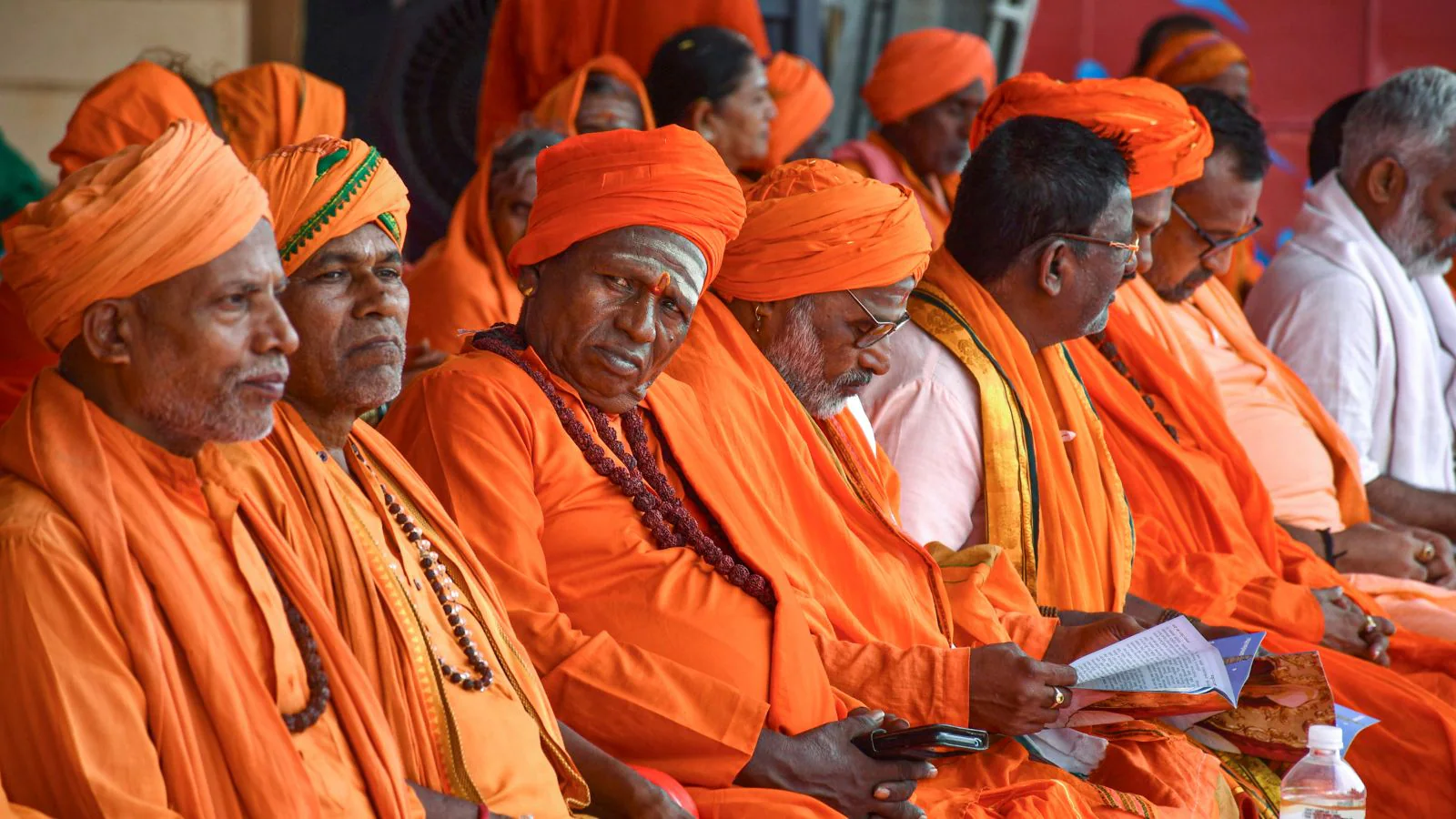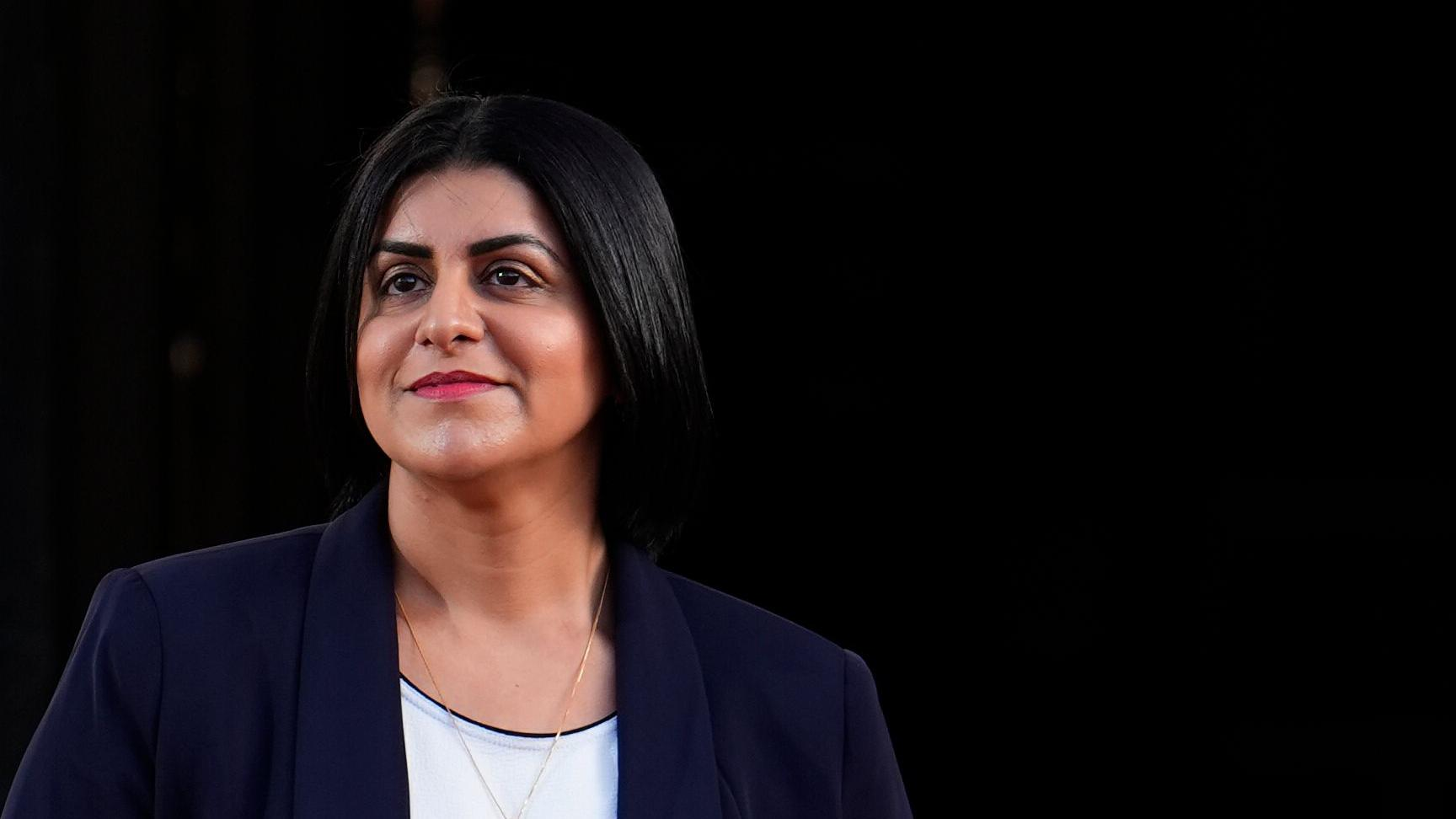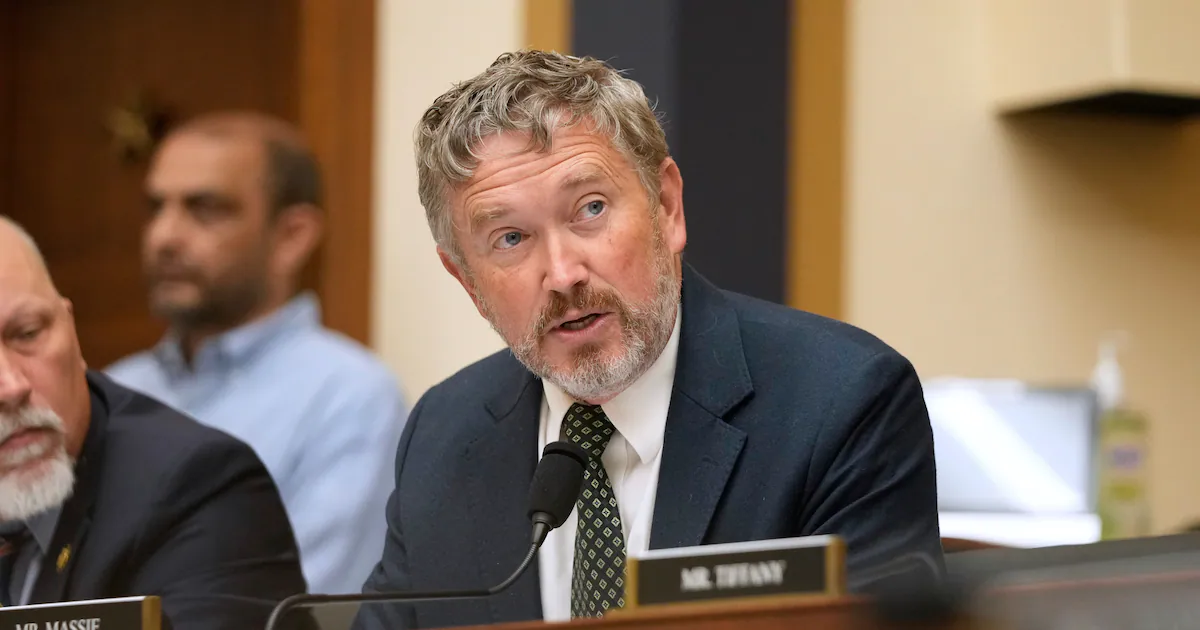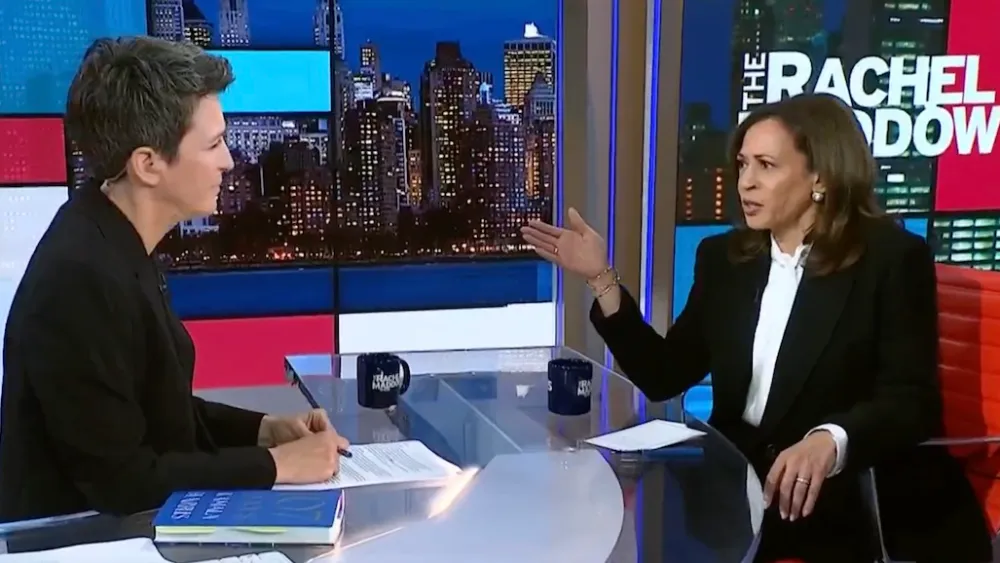Lingayats Or Veerashaiva Lingayats? Decoding The Identity Clash Behind Karnataka’s Caste Census
By News18,Rohini Swamy
Copyright news18

An intense political battle has erupted among the followers of Lord Basaveswara to claim who is in majority—the Veerashaiva Lingayats or the Lingayats—as the Socio-Economic and Educational Survey (SEEd), popularly known as the caste census, was launched.
The survey work involves each person answering 60 questions. Among them are questions about the name of the religion, the caste group, and the sub-caste group. The intention of the government, as explained by Karnataka Chief Minister Siddaramaiah, is to assess the extent of poverty among caste groups.
Jagathika Lingayat Mahasabha chief general secretary Dr SM Jamdar told CNN-News18 that there is nothing common between the Veerashaiva Lingayats and the Lingayats. This is why the Lingayat Mahasabha has asked Lingayats to name themselves as Lingayats in the ‘Others’ column in SEEd survey.
In short, Jamdar said, “It is politics that is being played in the name of asking people to list themselves as Veerashaiva Lingayats to further political aspirations.”
The clamour has brought the traditional rivalry between the Veerashaiva Lingayats and the Lingayats to the fore. The Veerashaiva Lingayats are followers of Lord Basaveswara, but follow the Vedic form of worship, including worshiping Lord Shiva, and observing Hindu rituals. The Lingayats, on the other hand, do not worship idols or follow rituals.
According to the Jagathika Lingayat Mahasabha and the camp that states there is no such thing as Veerashaiva Lingayats, “it is just another caste like the 104 other castes in Lingayatism”. They say the push to specifically mention Veerashaiva Lingayats in the new caste census in Karnataka is only to fuel the political ambitions of a handful of leaders.
Both groups have different philosophies, different histories, and different founders. “So, when they have different founders, different doctrinal books, and were born in different periods of time, how can they be together? It is like trying to combine Purab and Paschim, or chalk and cheese,” said Jamdar.
Jamdar said the Lingayats have already distributed three lakh forms to all the people, asking them to mention their religion as Lingayat. “There are seven organisations that have jointly issued this proclamation… all Lingayats must write their religion as Lingayat, and one of those four castes in the caste breakdown,” he said.
The membership of all these seven organisations together is several times bigger than the Veerashaiva Mahasabha, claimed the former IAS officer-turned-Lingayat community leader.
The Veerashaiva-Lingayats have been contesting the population data in the 2015 Socio-Economic and Educational Survey report of the Karnataka State Commission for Backward Classes and have also demanded a separate religion code when the national census commences in 2026.
In Karnataka, leaders belonging to this community have made a call urging Lingayats to register their religion as Veerashaiva Lingayat under the “Others” column in the ongoing socio-economic and educational survey.
In this survey, the Akhila Bharatha Veerashaiva Mahasabha has urged Veerashaiva-Lingayats to mark their religion under the “Others” column in the Socio-Educational Survey-2025. Veerashaiva Lingayat leaders, including those in the ruling party, said accurate data on the community’s social, educational, and economic status would help the government design better welfare programmes.
Mahasabha general secretary and forest minister Eshwar Khandre asked community members to write “Veerashaiva Lingayat” under religion, and “Lingayat,” “Veerashaiva,” or “Veerashaiva Lingayat” in the caste column.
The issue of separate religion codes is not new. Seeking a separate religion tag goes back to the 1940s, when it is documented that in a meeting in Tamil Nadu’s Kumbakonam, a resolution was passed requesting a separate religion tag. The demand was renewed in 1971. Later, in 2011, the census assigned codes to other religions, including Hinduism, Islam, Buddhism, Christianity, Sikhism, and Jainism, along with a column for “others”. It was at this time that the Veerashaiva Mahasabha had petitioned the Centre ahead of both the 2001 and 2011 censuses for a distinct code seeking a separate religion tag.
When this was not accepted in both censuses, the communities were urged to write “Veerashaiva-Lingayat” under “others” rather than identifying as Hindus.
The issue resurfaced during the 2018 Karnataka assembly elections. Jamdar and the Jagathika Lingayat Mahasabha, which had led an agitation in 2017, pushed for a separate religion tag specifically for “Lingayats” and not “Veerashaiva Lingayats.”
Lingayats and those who identify as Veerashaiva Lingayats have been seeking a separate religion tag. It is in this common cause that Jamdar says there has been a positive move where the shared concerns are being addressed.
“This is one point common between Veerashaiva Lingayats, the Jagathika Lingayat Mahasabha, and other Lingayat Sabhas that come under the umbrella of Lingayats and is one religion. The other thing is that they have clearly mentioned that they are not Hindus. We totally agree with that. We have no dispute. It is the same people who in 2017 opposed the same demand. Now they have themselves come around. That in itself is a good surprise, and we welcome it,” Jamdar told News18 about the Veerashaiva community.



